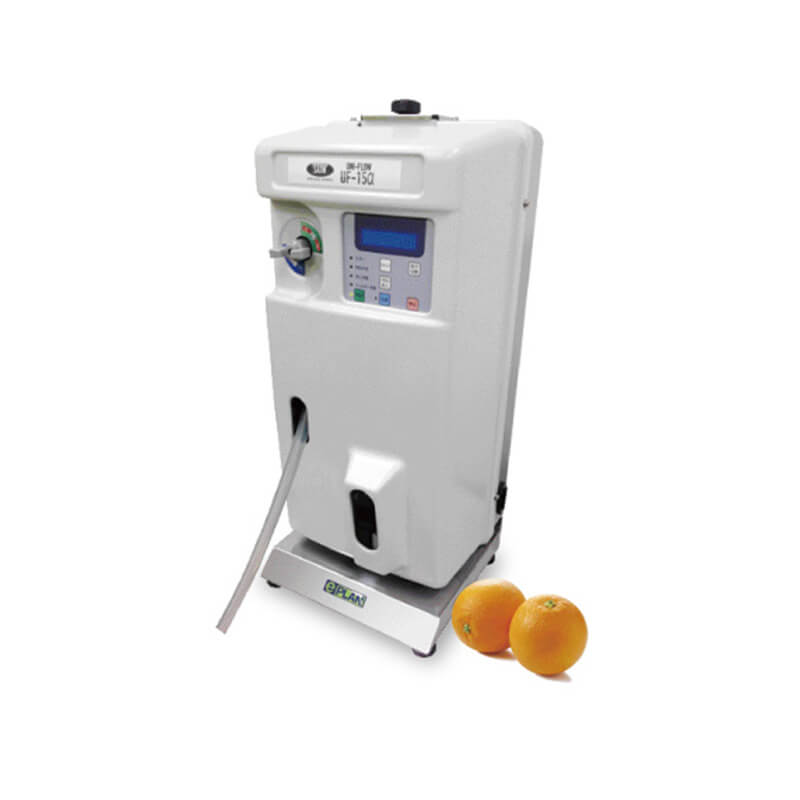brightwomen.net tr+alman-kadinlari Bir posta sipariЕџi gelini nerede bulabilirim
These people were plus inquired about their matchmaking standing, and participants estimated the new frequency of the Tinder explore
In order to select difficult Tinder fool around with, brand new half a dozen-role design (Griffiths, 2005) was Almanca kadД±n applied which can identify anywhere between core areas of challenging Tinder use: (a) salience (Tinder play with reigns over thought and you will choices); (b) vibe modification (Tinder use modifies/advances state of mind); (c) tolerance (expanding quantities of Tinder fool around with are expected); (d) detachment (occurrence out-of unpleasant attitude when Tinder explore try abandoned); (e) argument (Tinder play with compromises public matchmaking and other activities); and you may (f) relapse (desire to possess reversion to help you prior to patterns regarding Tinder use immediately after abstinence otherwise control). Hence, the purpose of today’s papers was to carry out an established level with acceptable basis framework which could measure challenging Tinder play with.
Players and procedure
The study are held having an online questionnaire program, the fresh completing lasted up to three full minutes. Members was in fact informed about the mission additionally the articles of the study; their anonymity and the privacy of the responses had been made certain. They were questioned to check a package whenever they accessible to continue and you may engage. The first area of the survey contains questions regarding group research, particularly gender, many years, and you can quantity of studies. The target set of the fresh survey try people who have used Tinder at least one time within life, for this reason, those individuals was in fact excluded who wanted to participate but i have never ever used Tinder prior to. The new questionnaire is actually shared from inside the social media sites as well as in certain on the internet organizations associated with Tinder.
The final sample consisted of 430 Hungarian respondents (Female = 243; 56.5%) who were aged between 18 and 51 (Mage = , SDage = 3.74). 290 of them (67.4%) live in the capital, 40 (9.3%) in county towns, 76 (17.7%) in towns, and 24 (5.6%) in villages. Concerning their level of education, 24 (5.6%) had a primary school degree, 307 (71.4%) had a high school degree, 99 (23.0%) of them had a degree in higher education. Concerning the relationship status of the respondents, 251 (58.4%) were single, 95 (22.1%) were fundamentally single but have casual relationships, and 84 (19.5%) were in a relationship. 50 (11.6%) respondents used Tinder more than once a day, 64 (14.9%) used it on a daily basis, 107 (24.9%) used it more than once a week, 68 (15.8%) used it weekly, 24 (5.6%) used it once every second week, 35 (8.1%) used it monthly, and 82 (19.1%) used it less than once a month. There were no missing data in the dataset, because with the above-mentioned questionnaire system, it is possible to have all questions as “required”. Moreover, at the end, participants were required to press the “submit” option in order to have their answers sent in; otherwise their responses were not registered.
Actions
The Problematic Tinder Play with Size (PTUS) are built up on the fresh half a dozen-part thought of Griffiths (2005). The wording of the items is compatible with this new text out of other surveys (Bergen Fb Habits Scale – Andreassen, Torsheim, Brunborg, & Pallesen, 2012; Bergen Works Addiction Scale – Andreassen, Griffiths, Hetland, & Pallesen, 2012; Bergen Searching Habits Level – Andreassen mais aussi al., 2015) which are furthermore based on the half a dozen-part model. In today’s data, the measure methods the half dozen key areas of challenging Tinder use in terms of (a) salience, (b) threshold, (c) spirits amendment, (d) relapse, (e) detachment, and (f) disagreement. A couple of circumstances was indeed adjusted for every single grounds to have a larger initial goods pool, immediately after which using the factor studies, i chosen one for every reason for buy having a variation that’s quick possesses adequate foundation build and you will accuracy. Things had been translated with regards to the protocol from Beaton, Bombardier, Guillemin, and you can Ferraz (2000). Respondents had to answer having fun with a 5-area scale (step one = Never; dos = Rarely; step three = Sometimes; cuatro = Often; 5 = Always). In place of contacting they “addiction”, i made use of the term “tricky use”, because paper wasn’t intended to work with wellness-related points. Also, that the behavior might not be due to the fact prevalent and you may extensive once the other sorts of challenging routines otherwise addictions.




